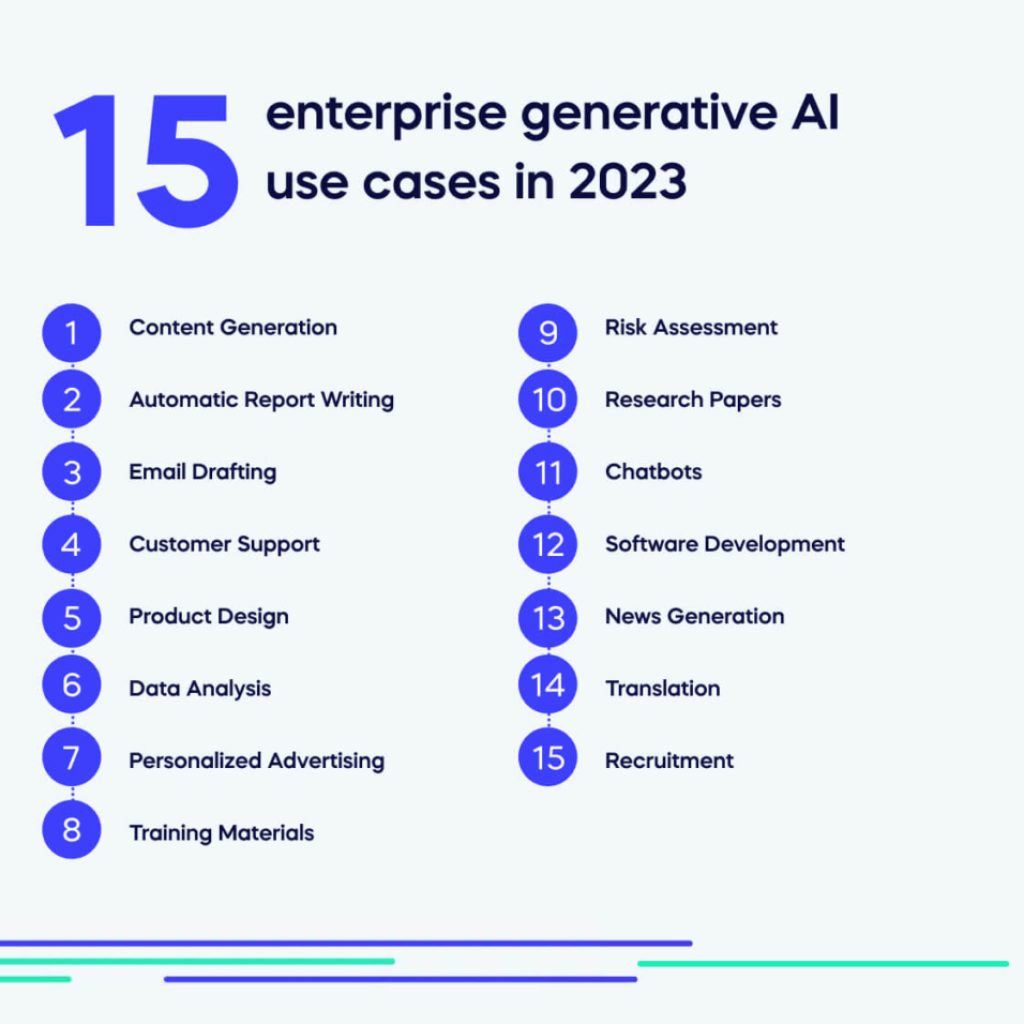In response to the disturbing proliferation of artificial intelligence (AI)-generated images depicting child sexual abuse, the United Kingdom and the United States have announced a collaborative effort to combat this “sickening rise.” The Internet Watch Foundation (IWF) recently raised an alarm about the increasing prevalence of AI-generated child abuse imagery circulating online, some depicting victims as young as three years old.
This joint initiative aims to tackle the grave issue, which not only normalizes child sexual abuse but also hampers law enforcement efforts to protect children and apprehend offenders. In a significant step toward countering the surge in AI-generated child abuse images, Home Secretary Suella Braverman and US Homeland Security Secretary Alejandro Mayorkas issued a joint statement during Braverman’s visit to Washington.
Their statement highlighted the urgent need to address the issue, emphasizing its cross-border nature and the detrimental impact it has on child safety and law enforcement. They also acknowledged the vital role played by the National Center for Missing and Exploited Children (NCMEC) in ensuring the safety of children worldwide.
AI’s disturbing capabilities
One of the core concerns driving this collaborative effort is the potential normalization of child sexual abuse. Experts in law enforcement and child protection have voiced worries that the increasing availability of AI-generated child abuse material may lead to a broader acceptance of such offenses and a subsequent rise in child victimization. This, in turn, could impede the efforts of law enforcement agencies to track down and identify victims, as well as apprehend and prosecute offenders.
AI technologies have evolved to a point where they can create disturbingly realistic images of child sexual abuse. Through techniques like inpainting, offenders can manipulate innocent images to remove clothing or insert innocent faces into indecent images of real children. The IWF has noted that some of these AI-generated images are so convincing that they are virtually indistinguishable from actual photographs, posing a significant challenge for law enforcement and child protection advocates.
Guarding against a potential onslaught
While the quantity of AI-generated child abuse images is not yet massive, experts warn that the potential for criminals to produce unprecedented volumes of lifelike content is alarming. This has prompted the joint commitment by the UK and the US to seek innovative solutions to combat this issue effectively. They have called on other nations to join their efforts, recognizing the global nature of the problem.
The collaborative initiative comes on the heels of Home Secretary Suella Braverman’s campaign to urge Meta, the parent company of platforms like Facebook and Instagram, to refrain from rolling out end-to-end encryption without robust safety measures. The concern is that such encryption could hinder the detection of child abuse and exploitation in messaging channels. Currently, UK law enforcement agencies arrest around 800 predators per month and safeguard up to 1,200 children from child sexual abuse based on information provided by social media companies. If Meta proceeds with its encryption plans, this vital tool for child protection could be compromised.
The partnership between the UK and the US also aligns with the recent passage of the Online Safety Bill in the UK Parliament. This landmark legislation places a strong emphasis on holding tech companies accountable for identifying and removing illegal content, including AI-generated child sexual exploitation and abuse material. Regardless of whether it depicts real children or not, such content is deemed illegal, and tech companies will be required to take action to ensure it is not disseminated on their platforms.
A united front against AI-generated images of child abuse
As the UK and the US join forces to combat the troubling surge in AI-generated child abuse images, their commitment to innovation and collaborative solutions sends a clear message that the protection of children remains a global priority. With the potential normalization of child sexual abuse hanging in the balance, this united front seeks to safeguard the most vulnerable and ensure that offenders are brought to justice. The joint effort also emphasizes the need for social media companies to prioritize child safety and work closely with law enforcement agencies to combat this disturbing trend.





